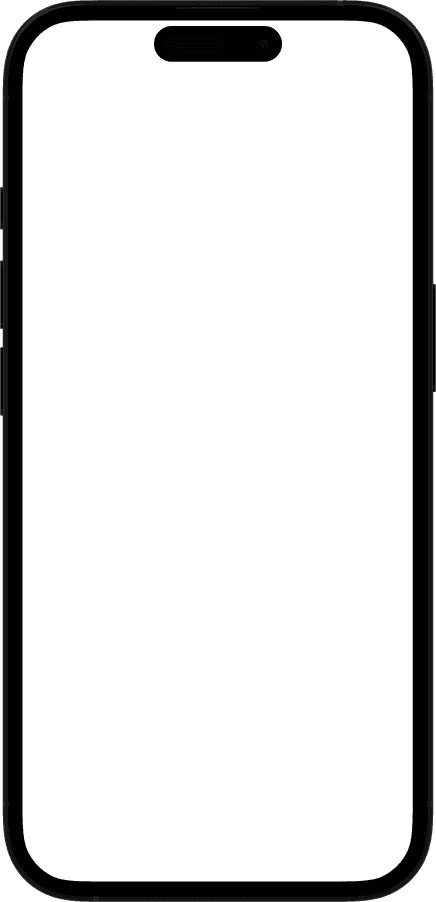case studies
Mobile apps that are used by millions
Mobile apps that are used by millions
Mobile apps that are used by millions
What sets us apart
Whether we’re delivering a new app end-to-end or adding extra horsepower to your software team, it’s our past experience that helps assure your future success.
From enterprise logistics apps to mobile e-commerce and from artificial intelligence to augmented reality, we have a history of transforming businesses through mobile technology.
What sets us apart
Whether we’re delivering a new app end-to-end or adding extra horsepower to your software team, it’s our past experience that helps assure your future success.
From enterprise logistics apps to mobile e-commerce and from artificial intelligence to augmented reality, we have a history of transforming businesses through mobile technology.
What sets us apart
Whether we’re delivering a new app end-to-end or adding extra horsepower to your software team, it’s our past experience that helps assure your future success.
From enterprise logistics apps to mobile e-commerce and from artificial intelligence to augmented reality, we have a history of transforming businesses through mobile technology.
What sets us apart
Whether we’re delivering a new app end-to-end or adding extra horsepower to your software team, it’s our past experience that helps assure your future success.
From enterprise logistics apps to mobile e-commerce and from artificial intelligence to augmented reality, we have a history of transforming businesses through mobile technology.
















